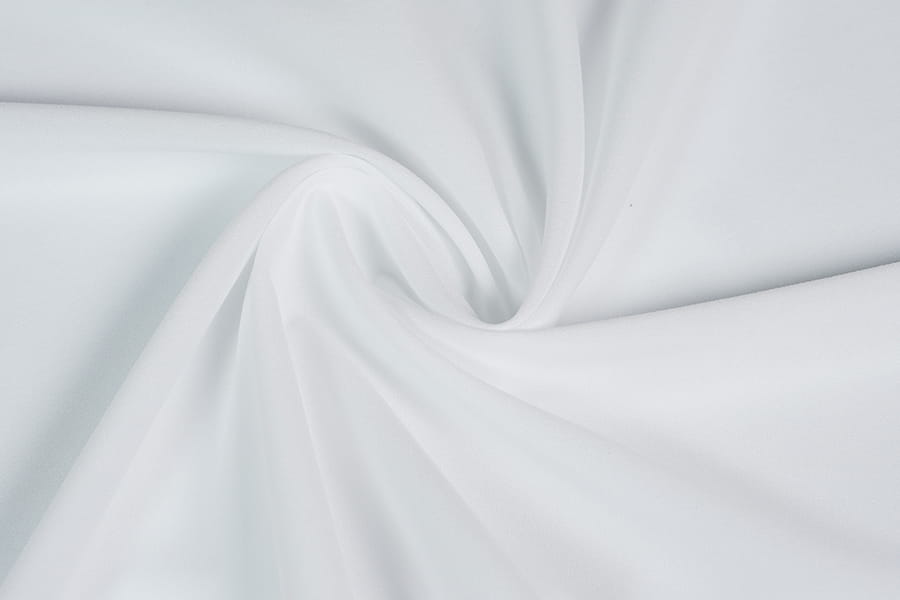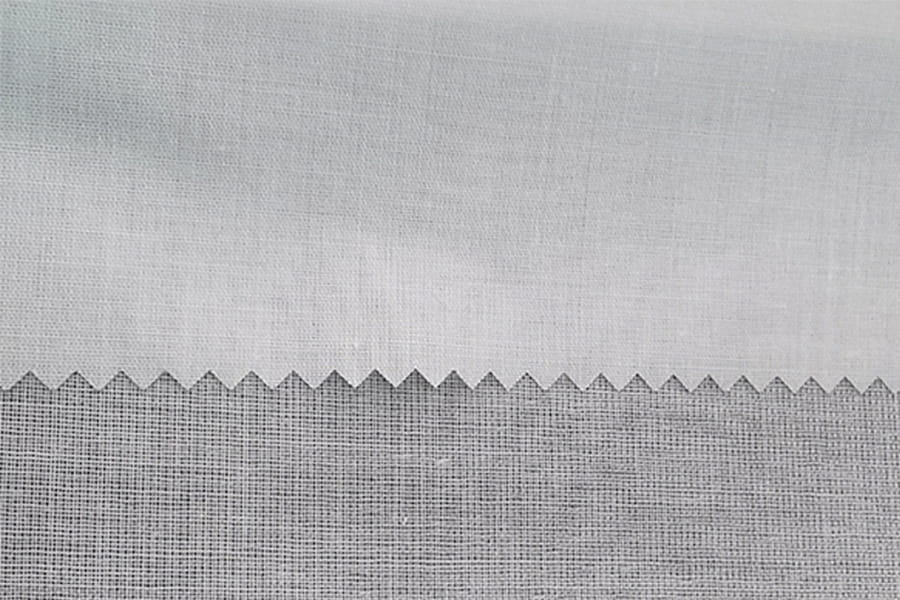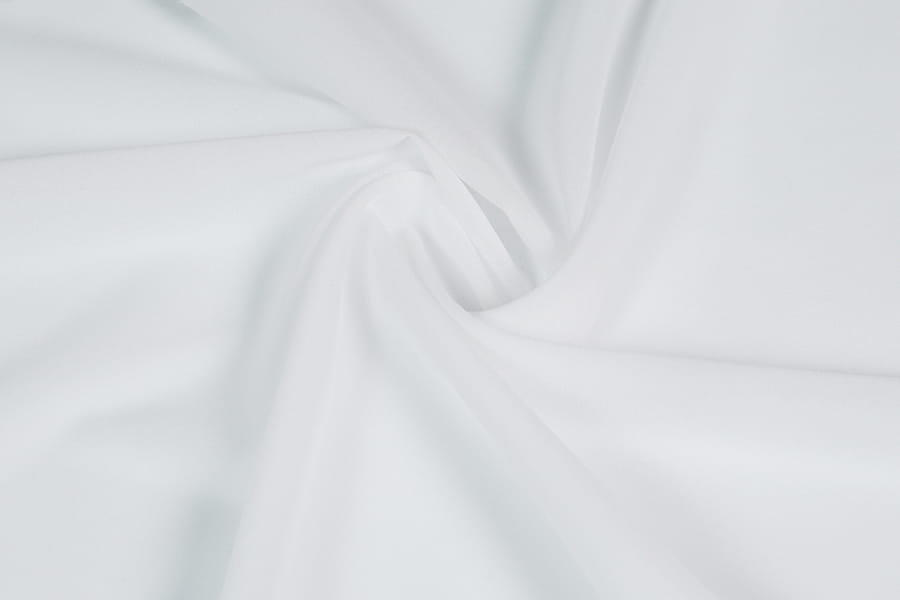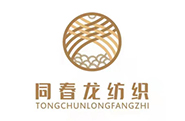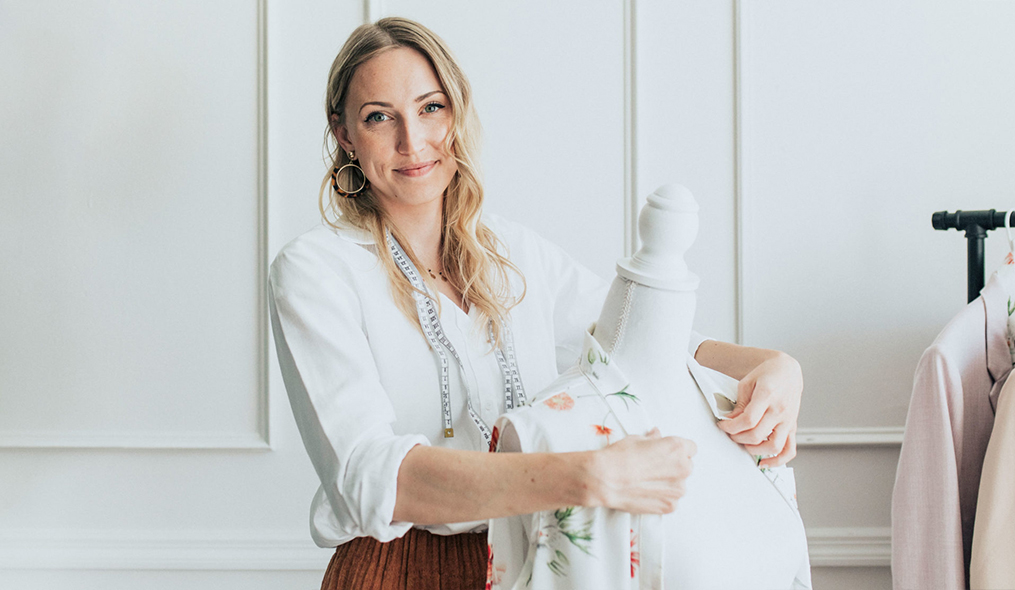Reduce direct wear: In daily wear and activities, clothing will inevitably produce friction with the external environment and the human body. The existence of lining is like a barrier, which effectively isolates the outer fabric of the clothing from direct contact with rough surfaces or hard objects, thereby greatly reducing the wear caused by friction. This physical protection mechanism is the basis for lining to enhance the durability of clothing.
Strengthen structural support: High-quality lining materials often have good stiffness and stability, and they can provide additional structural support for clothing. This support not only allows the clothing to maintain a crisp outline and shape when worn, but also reduces the fatigue damage caused by frequent deformation of the main fabric of the clothing. For example, the use of chest lining and shoulder lining in suits can not only shape elegant shoulder lines, but also effectively disperse shoulder pressure and extend the service life of clothing.
Improve wrinkle resistance: Many lining materials have been specially treated to have good wrinkle resistance. This means that even if the clothing is wrinkled during wear or washing, the lining can help restore its flat state to a certain extent. This not only improves the appearance of the clothing, but also reduces the potential damage to the clothing fabric caused by frequent ironing.
Aging resistance: High-quality lining materials usually have good aging resistance and can maintain stable physical and chemical properties under long-term use. This means that the lining is not easy to age, fade or deform due to environmental factors, thus ensuring the overall durability of the garment.

 English
English 中文简体
中文简体 русский
русский Español
Español